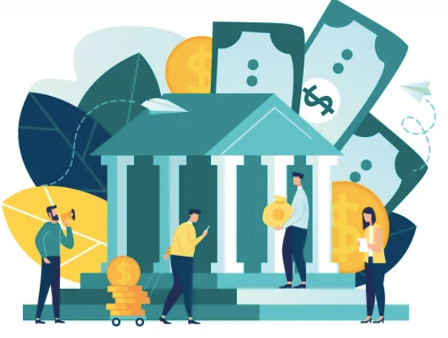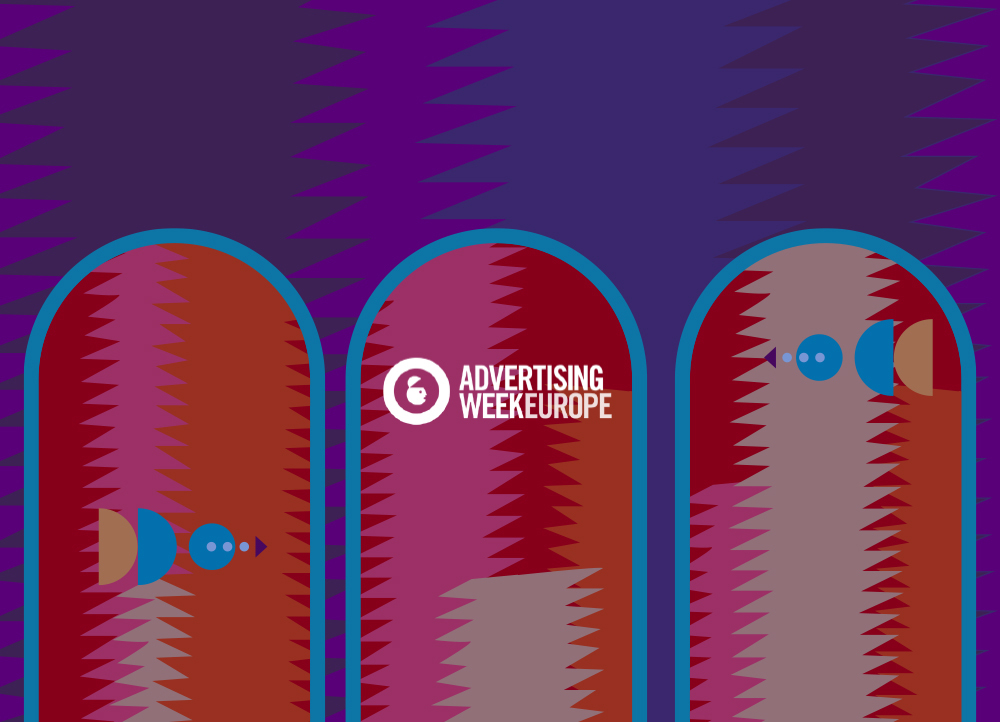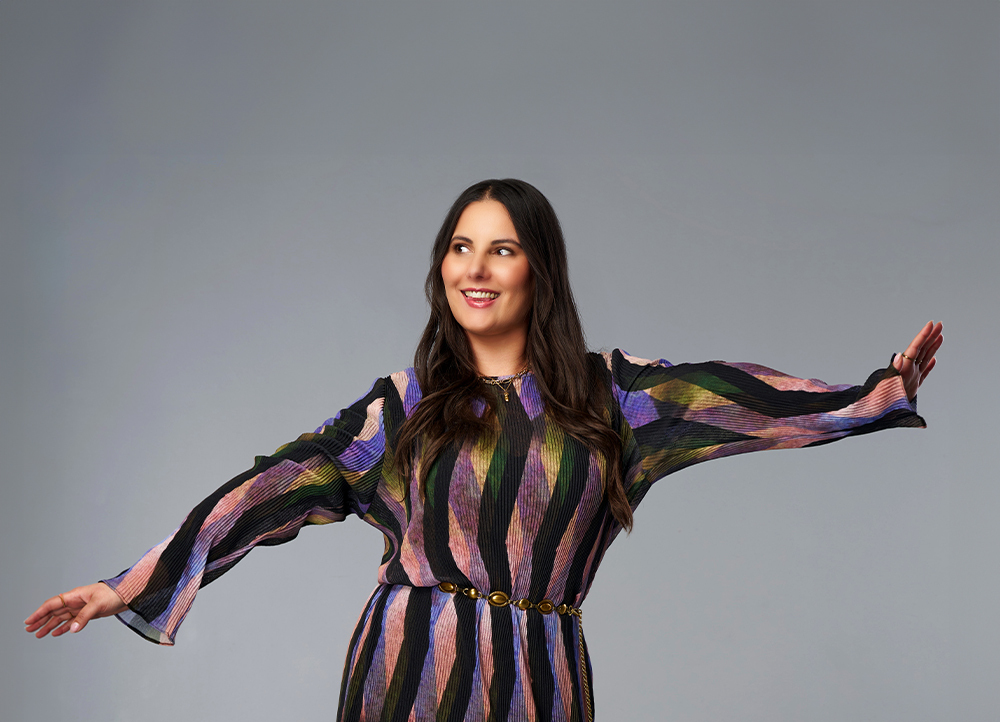These are not easy times for the US banking sector to say the least. Equity valuations have taken a beating following the failure of Silicon Valley Bank and Signature Bank in NYC back in March. The Dow Jones US Bank Index is -23.94% for the last year. CNN reported that US banks are sitting on $620 billion in unrealized losses (assets that have decreased in price but haven’t been sold yet) according to the FDIC. This is a result of rising interest rates creating a credit crunch and significantly slowed down business and consumer lending (primarily mortgages and auto loans).
The Economist recently published a story called “How deep is the rot in American’s banking industry?” asking if the SVB fiasco may be the start of something grimmer. These bank failures beg the question was this simply a matter of poor risk management governance on the part of these two banks or was it reflective of a more substantial contagion? Depositors are continuing to drain cash from banks accounts and put it into money market accounts and other investments. Recent data from the Federal Reserve suggests that commercial & industrial lending and real estate lending both had big declines in March.
Clearly storm clouds are gathering on the horizon for most US-based banks, especially as all this news is eroding trust in banks by both consumers and business banking customers. According to the 2023 Edelman Trust Barometer – the financial services sector ranks second to last in terms of “trust” – lower than 15 other business sectors and just above the social media sector.
The Importance of Trust
For banks to attract and retain customers, they need to build and maintain high levels of trust in the products and services they offer. Traditionally trust was based on longstanding business relationships – built primarily through face-to-face business interactions either at bank branches or in meeting with business banking officers. But more and more banking services are moving online – with many customers’ banking transactions done via laptop computer or smartphone.
The Harvard Business Review reported back in 2015 (assessing the fallout of the 2008 financial crisis) that banks should focus on three key elements to build trust:
– Ability (are you competent?)
– Integrity (are you honest?)
– Benevolence (do you care about my interests?)
These recommendations are still quite valid as the cornerstones of a well-defined bank brand.
Perhaps focusing on benevolence offers the best way to build trust. But you must be sincere about caring about others. It starts with letting your employees know it is an important corporate value, which in turn can lead to building trust with your customers. This needs to be reflected in the actions and decisions taken by the bank (starting with senior officers) and connecting on a personal level with customers. This approach needs to be carefully balanced with the increased use of remote banking technologies – in the form apps and web-based banking.
Offering competitive fess / interest rates and timely problem resolution for customers is a great way to help build empathy and trust with customers. These issues are cited often as reasons people and businesses switch banks. Make sure branch-based managers and B2B relationship officers are empowered to fix client problems. Then use marketing to tell your customers, prospects, and community that their interests come first – even in these uncertain times. The dividends this approach will pay back will likely be significant.
Branding Basics
Your brand should be based on a well-articulated strategic positioning statement for your bank. It is a concise description of your target market(s) and a compelling picture of how you want those markets to perceive your brand.
Keep in mind that different employees are likely to talk about the bank in various ways to your customers and prospects. As one savvy senior bank officer once observed: “Every time one of our officers, branch employees or customer service reps opens their mouth, they can reposition our bank.”
Many senior bank officers typically don’t understand nor appreciate the value of brand, as it is not likely to be considered by them a key part of the banking business model. I can remember more than once getting a very unapproving look from the CEO and other C-level executives when (as VP/Marketing at a large NYC-based community bank) I presented my annual marketing budget request. “Why do we even need marketing or a brand?” was a typical question. This reminded me of the man who stopped his watch to save time.
A good positioning statement incorporates the following:
– It is simple and memorable, and should resonate with your target market(s)
– It provides an easily understood value proposition (end-benefits) that you can deliver on and that differentiates your bank from competitors
– Ownable – should be unique in marketplace
– It helps guide marketing and business development / sales efforts – making sure they are consistent with the brand promise
– Sets the stage for long-term profitable growth by helping attract / retain consumer and business banking customers
An excellent example of a US bank positioning statement is from $3.1 billion-asset Blue Ridge Bank based in Charlottesville, VA which offers commercial banking services throughout Virginia and North Carolina. Their positioning is simple and straightforward:
Blue Ridge Bank. Your Partner in Moving Forward.
Their positioning is based on their mission: “To provide a wide range of financial services with an emphasis on quality, ethics, and superb customer relations.” The bank has done an excellent job of being realistic and adapting to today’s fast-paced environment by bringing Blue Ridge Bank to their customers – quickly, easily, and more relaxed than most other banks.
To this end – Blue Ridge Bank was recognized by the ICBA (Independent Community Bankers of America) as being one of the most innovative community banks in the nation. The ICBA noted that the bank’s innovation is not as much about the technology investment as it is about the cultural one.
“Technology is a piece of innovation, but so are many other factors,” said Steve Farbstein, Chief Revenue and Development officer. “Your ability to be flexible, your mindset, your protocols, and your ability to function well in an evolving environment all make up your innovation agenda.”
Overall, this positioning statement is a good example of how a bank can use a simple and effective message to convey its brand values and competitive advantage to customers.

Share and tag us @alwaysbecontent




